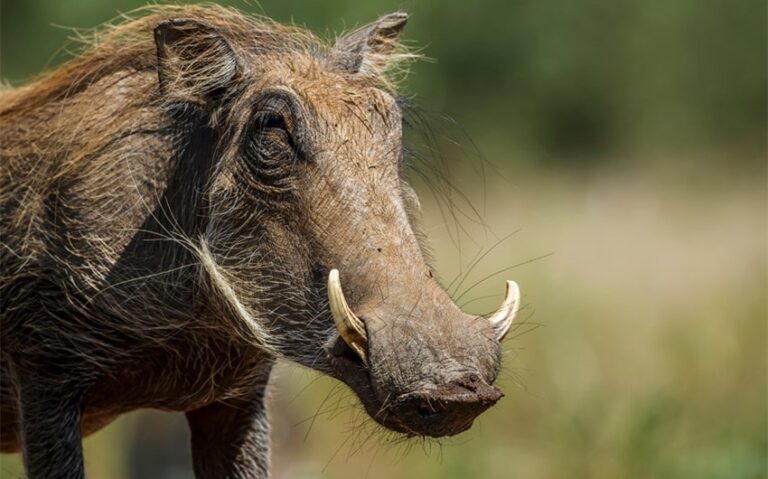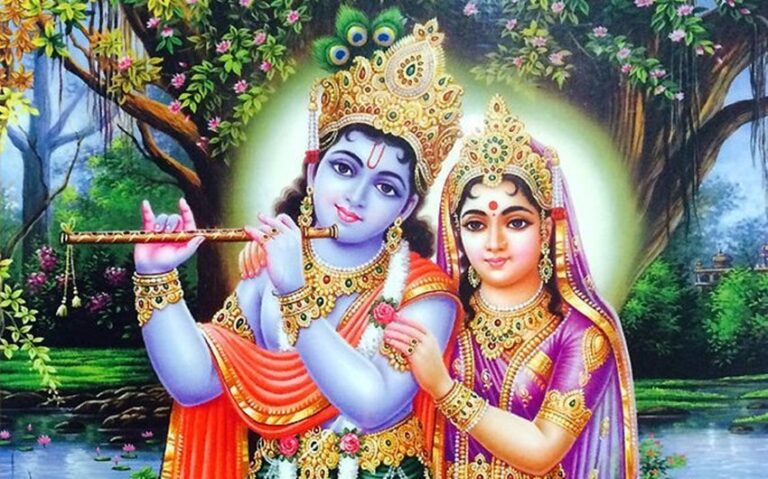Sangria Name Meaning: Origins, Etymology, and Cultural Significance
You may know sangria as a vibrant, fruit-filled wine drink served at parties and summer gatherings, but the sangria name meaning holds much more than just its refreshing flavor. The word “sangria” has deep roots in the Spanish language and evokes rich symbolism related to color, life, and culture. While the drink itself has become a global favorite, its name carries layers of meaning that connect it to its origin, its ingredients, and the spirit of celebration. This article explores the etymology, historical background, and symbolic associations of sangria, helping you appreciate not only what it is, but why it’s called what it is.
The Etymology of “Sangria”
The name “sangria” originates from the Spanish word sangre, which means “blood.” The connection is immediately apparent when you see the drink: traditionally made with deep red wine, sangria resembles the color of blood in both hue and richness. The suffix “-ia” is often used in Spanish to indicate something related to a concept or category, much like “bakery” in English denotes a place for baking. So “sangria” can be loosely translated to “blood-like drink” or “blood-colored infusion.”
This etymology dates back centuries and directly refers to the original form of sangria: a red wine punch infused with fruits, sugar, and sometimes brandy or spices. The deep red color of the wine was the dominant visual element, giving the drink its name long before it became a global favorite. In fact, earlier European wine punches may have gone by different names, but once the term “sangria” took hold in Spain and Portugal, it became closely associated with the drink’s color and strength.
Historical Roots of the Drink
Sangria’s history is as flavorful as the drink itself. Its origins can be traced back to Spain and Portugal, where it emerged as a practical and delicious way to make wine more enjoyable and safer to drink. In earlier centuries, water was not always clean or safe, so mixing it with alcohol and adding herbs or fruits was a common method to purify and improve its taste. This practice was not unique to the Iberian Peninsula, but the specific combination of red wine, citrus fruits, and spices began to define what we now know as sangria.
In the 18th and 19th centuries, sangria became popular among Spanish aristocrats and commoners alike. It was festive, flexible, and easy to prepare. Different regions developed their own variations, adding ingredients like peaches, cinnamon, apples, and sparkling water. The drink became a staple of gatherings and celebrations, deeply woven into the social fabric of Spain and Portugal.
Sangria eventually made its way to the Americas, first gaining popularity in Latin American countries and then spreading to the United States and beyond. Its reputation as a lighthearted, celebratory drink helped it become a favorite at restaurants, beach resorts, and backyard parties around the world.
Cultural and Symbolic Meaning of Sangria
The sangria name meaning extends beyond just color. In many cultures, blood is a powerful symbol—it represents life, passion, energy, and vitality. By naming this drink after the word for blood, the Spanish language imbues it with a sense of warmth and exuberance. Sangria isn’t just red in color; it’s full of life. It fizzes with flavor, overflows with fruit, and encourages community, conversation, and joy.
In Spanish tradition, sharing food and drink is a form of hospitality and bonding. Sangria fits perfectly into this context. It is typically made in large batches, served in pitchers, and poured freely among friends and family. Its bold color and layered flavors invite the senses and suggest abundance. It’s no surprise that sangria is often associated with holidays, weddings, festivals, and sunny afternoons.
Even in places where the cultural symbolism of blood differs, sangria still communicates richness and warmth. The red hue becomes a metaphor for intensity—of flavor, of emotion, and of togetherness. Its name, rooted in “sangre,” becomes a poetic nod to its ability to animate a gathering and stir the spirit.
How the Name Shapes the Drink’s Identity Today
In modern times, the name “sangria” has become almost as iconic as the drink itself. When you hear the word, you don’t just think of wine—you think of summer, relaxation, celebration, and Mediterranean flair. The sangria name meaning has contributed heavily to how the drink is marketed and consumed around the world.
Today, sangria comes in many forms: traditional red wine versions, white wine “sangría blanca,” sparkling sangrias, and even non-alcoholic versions. Still, the name maintains its association with deep color and festive spirit. Even when the drink is made with white wine or rosé, the idea of sangria carries with it a certain atmosphere: a pitcher on a table, fruit floating cheerfully, and a group of people laughing under the sun.
Brands have used the word “sangria” to sell not only beverages but also candles, perfumes, and themed events—all designed to evoke the vibrant, indulgent mood tied to its name. Its identity is inseparable from its etymology: a bold, red, life-affirming drink with cultural roots that invite joy and connection.
Modern Usage of “Sangria” as a Name or Word
Outside the glass, “sangria” has found its way into other uses as well. While it’s rare, some people use Sangria as a name for pets, boats, or artistic projects. It’s chosen not just for its sound, but for the imagery it evokes—something colorful, passionate, and luxurious. In creative writing and poetry, sangria may symbolize warmth, sensuality, or nostalgia.
The word itself has become part of a broader aesthetic vocabulary. When people use the term “sangria-inspired,” they might be referring to a color palette of deep reds and purples, or a mood that feels rich and celebratory. Its sound is lyrical, and its associations are universally positive. Whether on a drink menu or in a metaphor, sangria suggests something sweet, deep, and undeniably full of life.







